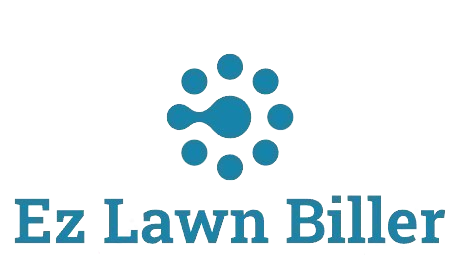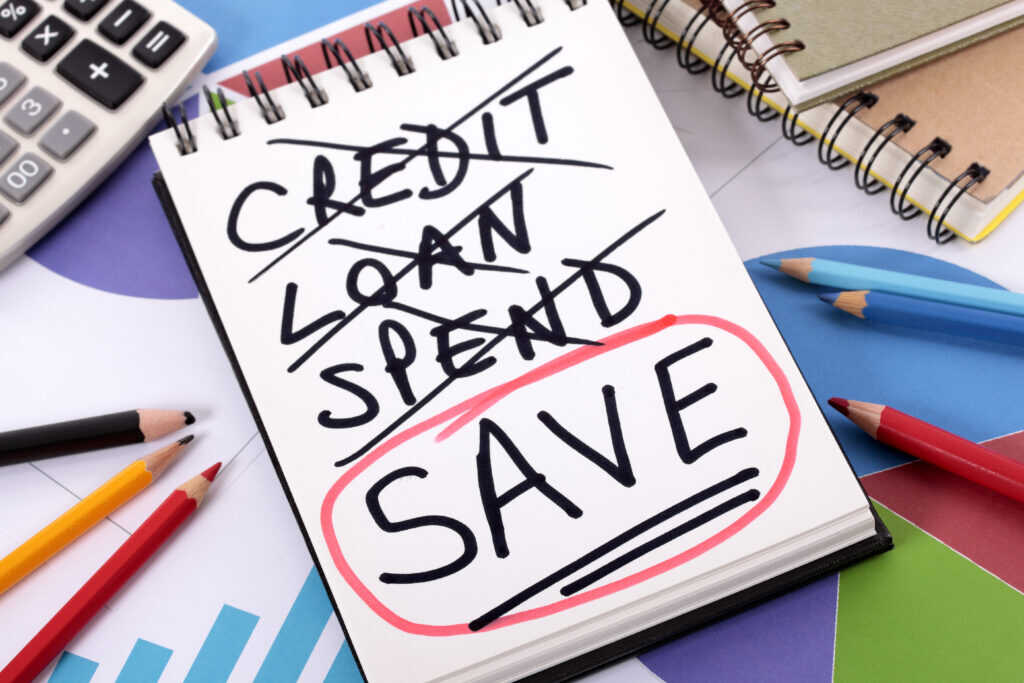Avoiding Common Follow-Up Mistakes with Clients: Essential Tips for Success
Avoid These Common Follow-Up with Clients Mistakes
In the world of client relations, follow-ups are crucial for maintaining communication and ensuring satisfaction. However, many professionals make common mistakes that can hinder their success. This blog post will delve into the critical errors to avoid and provide actionable tips to improve your follow-up strategies. By understanding these pitfalls, you can enhance your client relationships, boost loyalty, and ultimately drive better business results.
Follow-ups serve as an essential tool to keep communication lines open with clients. They allow businesses to reaffirm their commitment to customer satisfaction and ensure that client needs are met. Yet, despite their importance, many fail to execute effective follow-ups due to common mistakes. This article will explore these missteps, from timing issues to lack of personalization, and provide guidance on how to navigate them successfully.
Moreover, as competition in industries grows, maintaining a strong client relationship becomes imperative. In this digital age, where clients have various options at their fingertips, how you follow up can significantly impact your business’s success. This post will support you in enhancing your follow-up game, ensuring that you not only avoid errors but also establish a foundation for long-lasting partnerships.
1. Lack of Timeliness
One of the most significant mistakes is failing to follow up promptly. Timeliness in your follow-up can create a lasting impression on clients, demonstrating your commitment and efficiency. The ideal timeframe for a follow-up often depends on the nature of the interaction; however, generally, reaching out within 24 to 48 hours is recommended. This timeframe shows your attentiveness and respect for the client’s time.
For instance, if a client inquired about your services, responding quickly can prevent them from seeking alternatives. According to research, businesses that respond within the first hour are seven times more likely to engage a client compared to those that wait longer. Utilizing tools like a lawn service app can help you set reminders and automate follow-ups to ensure no client slips through the cracks.
However, while speed is essential, it’s equally important to tailor your message. A generic, rushed follow-up can reduce your chances of securing a positive response. Instead, take a moment to personalize your message, referencing specific details from your previous conversation. This approach not only enhances engagement but also builds rapport.
2. Failing to Personalize Communication
Generic follow-ups are a common mistake that can undermine the relationship you’re trying to build. Clients appreciate personalized communication that reflects their specific needs and preferences. Personalization goes beyond simply addressing a client by name; it involves acknowledging their unique circumstances, concerns, and previous interactions.
For example, when following up with a client who has expressed interest in your lawn care services, referencing their property specifications or mentioning previous discussions about their preferred service package can make your communication more relevant. Utilizing a system like lawn billing software can help you track client interactions and preferences, making it easier to personalize your follow-ups.
Furthermore, personalizing your follow-up can significantly enhance client loyalty. According to a study, 80% of consumers are more likely to purchase from a brand that provides personalized experiences. Crafting tailored messages shows that you value your clients, which can result in long-term business relationships and referrals.
3. Ignoring Client Feedback
Another critical error is neglecting client feedback during follow-ups. After providing a service or completing a project, clients may have valuable insights that can help you improve your offerings. Ignoring these insights not only hinders your growth but also gives clients the impression that their opinions are not valued.
Encouraging feedback during follow-ups can lead to constructive conversations. Ask clients about their experiences and areas for improvement. This can be as simple as including a question in your follow-up email, such as, “How satisfied were you with our service?” Utilizing surveys or feedback forms can also streamline this process. Moreover, by integrating feedback into your future strategies, you demonstrate a commitment to continuous improvement.
Remember, when clients feel heard, they are more likely to remain loyal and refer your services to others. Not to mention, addressing any concerns promptly can prevent potential issues from escalating, thus safeguarding your reputation in the industry.
4. Overloading Clients with Information
While it’s important to provide clients with the necessary information, overloading them with details can be counterproductive. Clients are often busy and may not have the time to digest lengthy messages filled with jargon or excessive details. This can lead to confusion and disengagement.
Instead, aim for clarity and conciseness in your communications. Focus on the key messages you want to convey and structure your follow-up messages in a way that is easy for clients to understand. For example, instead of writing a lengthy email detailing every service package, highlight the most relevant options based on the client’s previous interests.
Additionally, utilizing bullet points or headings can help organize your information effectively. This approach not only improves readability but also ensures that your clients quickly grasp the essential points. Ultimately, a clear and concise follow-up can enhance client satisfaction and make your communications feel more professional.
5. Neglecting Non-Business Related Follow-Ups
While it may seem that business-related follow-ups are the priority, neglecting to check in on a personal level can be detrimental to your client relationships. Clients appreciate a more human touch, especially when you remember important milestones such as birthdays, anniversaries, or significant life events.
For instance, sending a personalized note or a simple message on a client’s birthday can create a memorable experience. It shows that you care about them beyond just a business relationship. This personal touch can differentiate you from your competitors and foster loyalty.
Consider implementing a client management system that tracks significant dates and milestones. This will allow you to send timely, personalized messages that can deepen your client connections. A little acknowledgment can go a long way in establishing trust and rapport.
6. Not Utilizing Technology Effectively
In today’s digital age, leveraging technology can enhance your follow-up process significantly. However, many businesses fail to utilize available tools effectively, missing out on opportunities to streamline their communication efforts. For instance, employing a lawn company app can keep track of client interactions, automate reminders, and facilitate seamless communication.
Furthermore, using tools to manage your billing and invoicing can help you maintain accurate records and follow up on outstanding payments without being intrusive. Advanced lawn service computer programs can assist in organizing your client data, making your follow-up process more efficient.
Moreover, incorporating CRM (Customer Relationship Management) systems can help you segment your clients based on their preferences and needs. This will enable you to tailor your follow-up strategies accordingly, ensuring that you communicate effectively with each client group.
7. Forgetting to Set Clear Expectations
Finally, failing to set clear expectations during follow-ups can lead to misunderstandings and dissatisfaction. Clients appreciate knowing what to expect in terms of timelines, deliverables, and communication frequency. Setting these expectations at the onset can significantly reduce the likelihood of miscommunication.
When you follow up, reiterate any commitments made during previous interactions, and clarify the next steps. For example, if you discussed providing a proposal, mention when they can expect to receive it. This proactive communication builds trust and shows that you are organized and reliable.
Additionally, consider outlining how often you will check in with clients moving forward. This not only sets clear expectations but also reassures clients that they will not be left in the dark. Clients appreciate transparency, and it can lead to stronger, more trusting relationships.
Conclusion
In conclusion, effective follow-up with clients is crucial for building lasting relationships and ensuring satisfaction. By avoiding common mistakes such as lack of timeliness, failure to personalize communication, and neglecting feedback, you can significantly enhance your follow-up strategies. Additionally, using technology wisely and setting clear expectations can lead to smoother interactions.
Remember, your follow-up practices directly reflect your professionalism and commitment to your clients. Take the time to improve this aspect of your business, and you’ll likely see an increase in client loyalty and satisfaction. As you refine your follow-up techniques, consider adopting tools like EZ Lawn Biller to streamline your operations and make your workflow more efficient.
Don’t let follow-up mistakes hinder your success. Start implementing these strategies today and watch your client relationships flourish!




